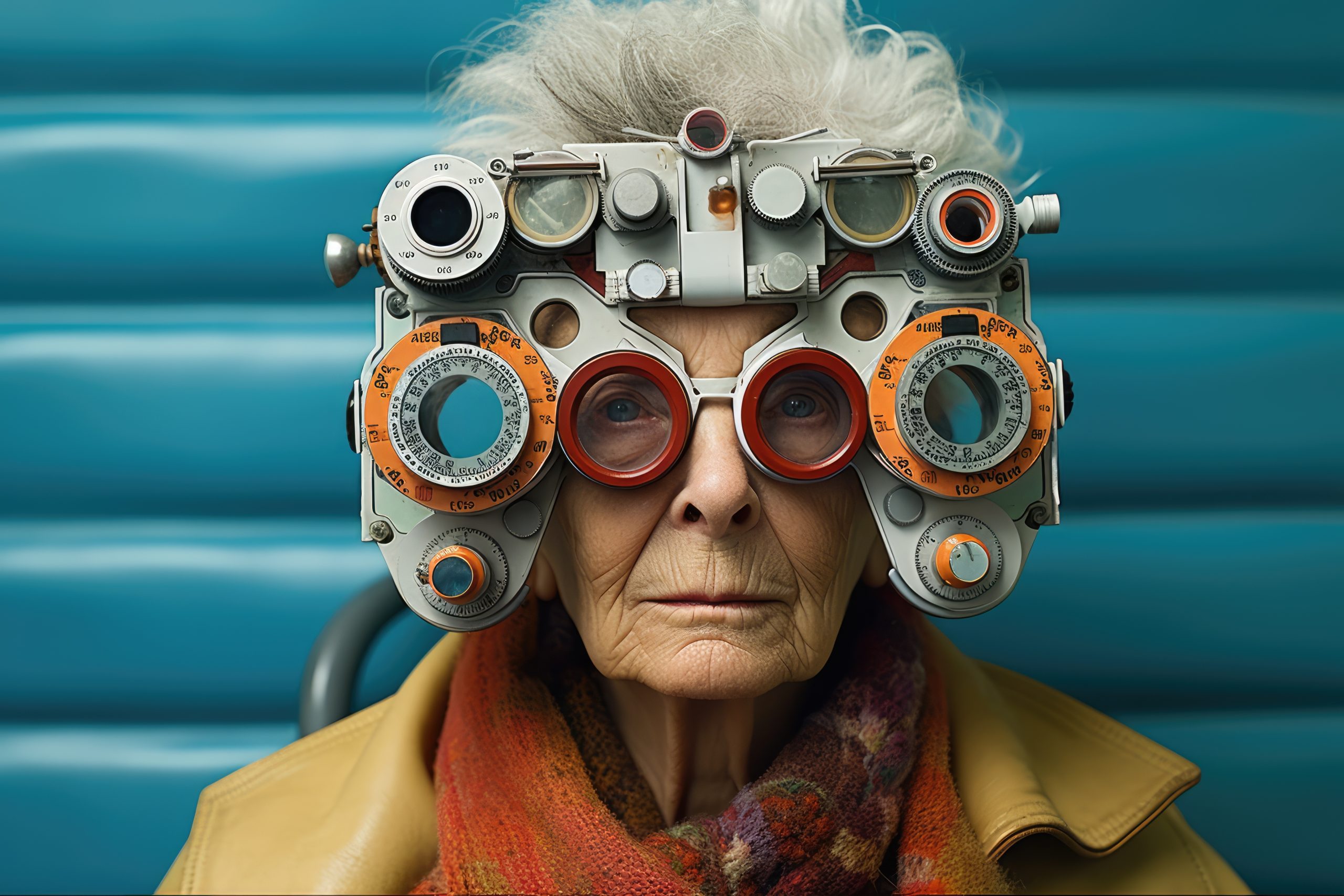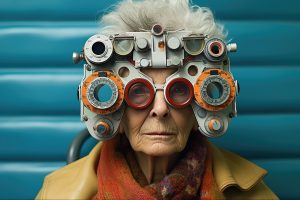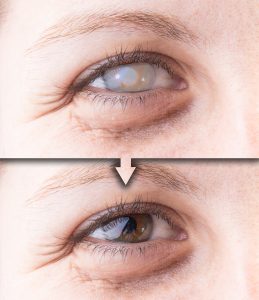
 Understanding Cataracts: Causes, Prevention, and Treatment
Understanding Cataracts: Causes, Prevention, and Treatment
Cataracts, a common eye condition especially in older adults, affect about 30 million people. By their 80s or 90s, nearly everyone will encounter this issue, which can cause vision problems and potentially lead to blindness if untreated. Factors increasing the risk of cataracts include sun exposure, diabetes, steroid-treated autoimmune disorders, and smoking. However, various preventive measures can limit their development and even reduce the chances of their occurrence. These measures encompass proper nutrition, vitamins, and specific supplements beneficial for eye health.
Types of Cataracts and Their Symptoms
Cataracts occur when the eye’s lens becomes cloudy due to protein changes that affect its hardness and elasticity. This condition can start as early as the mid-forties but is also seen in children, especially those with a strong family history or in cases of congenital cataracts. Cataracts typically develop gradually and include three types: nuclear, cortical, and posterior subcapsular cataracts, with the latter often linked to diabetes, obesity, and steroid use. Key symptoms to watch for include progressive night vision problems, blurred or cloudy vision, increased light sensitivity, frequent prescription changes, difficulty distinguishing contrasts, and faded or yellowed colors.
Regular Eye Exams: A Crucial Preventive Measure
The Academy of Ophthalmology recommends regular eye exams, particularly for those over 40. The suggested frequency varies by age, with more frequent exams advised for older adults and annually for high-risk groups like those with diabetes, autoimmune disorders, or obesity. These exams are essential for early cataract detection and management.
 Current Treatments and Promising Products
Current Treatments and Promising Products
While surgery is the primary treatment for cataracts, there are products like Pleo Muc eyedrops from Biomed that aid in prevention and alleviate symptoms like blurred vision and eye strain.
Lifestyle and Dietary Recommendations for Eye Health
To reduce cataract risk and bolster eye health, it’s advisable to:
- Protect your eyes from UV light with wide-brimmed hats and sunglasses offering complete UV protection.
- Quit smoking to decrease the risk of cataracts and other eye diseases.
- Include antioxidants like Astaxanthin in your diet, which support vision health and reduce eye strain.
Nutritional Support for Eye Health
Consuming foods rich in specific nutrients can significantly benefit eye health. These include:
- Lutein and zeaxanthin: Found in dark leafy greens, colorful fruits and vegetables, eggs, and turnip greens.
- Vitamin C: Present in citrus fruits, strawberries, papaya, broccoli, and tomatoes.
- Vitamin E: Available in nuts, wheat germ, and sweet potatoes.
- Essential fatty acids: Found in cold water wild-caught fish and seeds like chia, hemp, and flaxseed.
- Zinc: In grass-fed beef, shellfish, nuts, yogurt, and chickpeas.
- Vitamin A (beta-carotene): Essential for eye health, found in carrots, sweet potatoes, and dark leafy greens.
Bilberry: A Key Herb for Eye Health
Bilberry is highly effective in maintaining healthy vision and reducing risks of cataracts and other eye diseases. Its antioxidant properties, particularly anthocyanins, and its high vitamin C content make it an excellent choice for eye health support. Additionally, bilberries can help manage blood glucose levels and combat obesity, further supporting overall health, including eye health.
In conclusion, understanding the causes and types of cataracts, along with implementing preventive measures through regular eye exams, lifestyle changes, and a nutrient-rich diet, can significantly impact your eye health. Supplements like Astaxanthin and herbs like bilberry can further support these efforts.
Here is what I recommend:
To your good health!


 Understanding Cataracts: Causes, Prevention, and Treatment
Understanding Cataracts: Causes, Prevention, and Treatment

